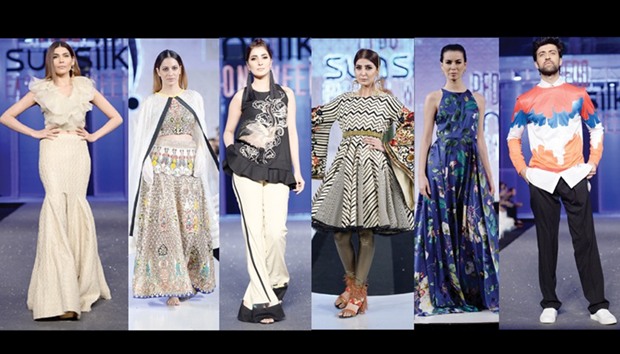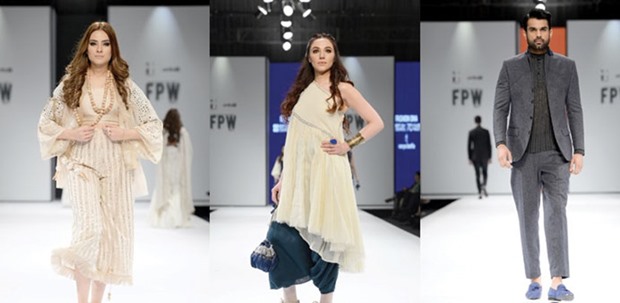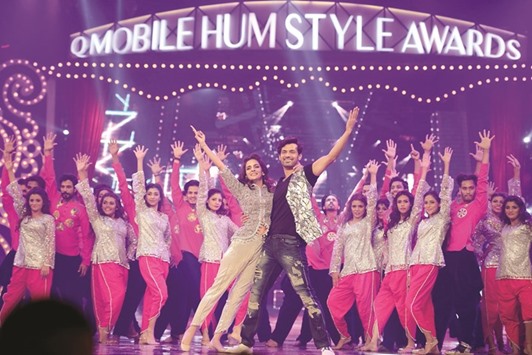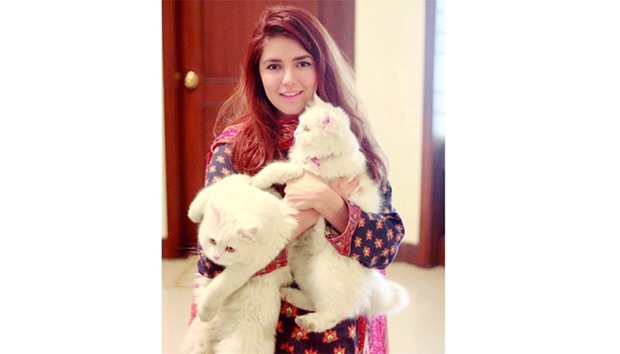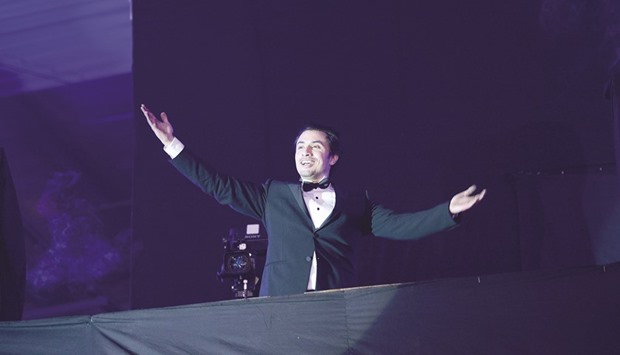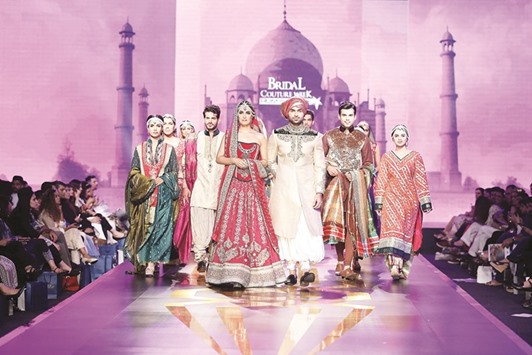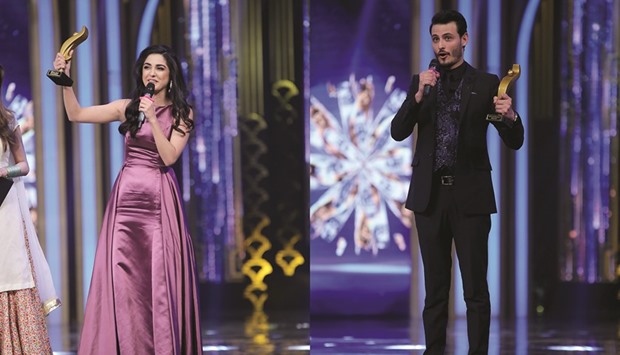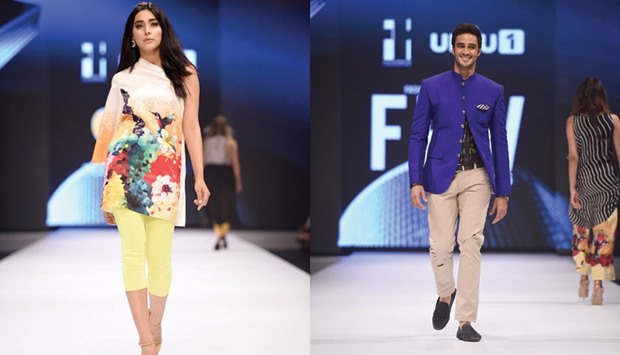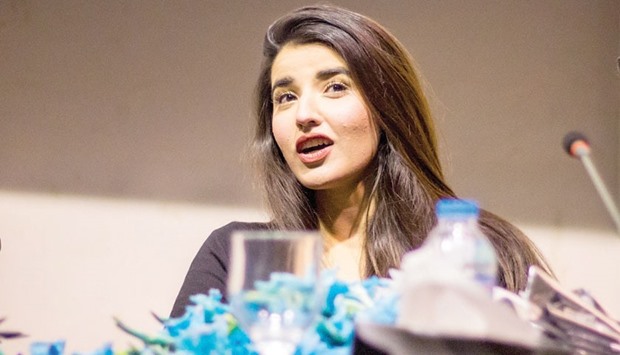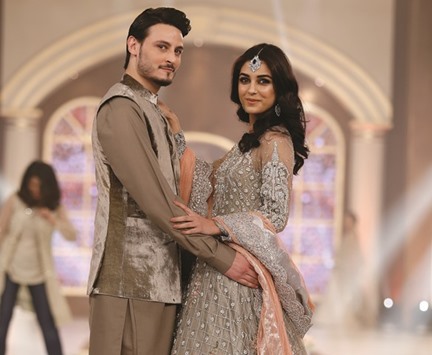The Pakistan Sunsilk Fashion Week shows have been a showcase of creativity and optimism, shaping people who are destined to shape the Pakistan fashion industry. Fighting melancholy with a flicker is a Lahore thing. Although Lahore has been facing major security crises lately, changing dates for Pakistan Sunsilk Fashion Week 2017 twice, PSFW17 dealt with optimism, defiance against the gloom this season. Rather than seething in dark hues, the designers lashing their collections with bold silhouettes and pastels with wild flight of bright pigments as the models walked down the pizzazz runway. Where PSFW17 ended with a feminine appeal to the clothes dominating organza and silk; here’s a rundown to the Top 6 collection which went down the fashion aisle – in the sequence of the three days of fashion. Sania Maskatiya presents Sania Studio Sania presented a line of sumptuous prints that is her signature. Where her strength lies in how she doesn’t go completely western; her summer jackets, high waist jumpsuits and those bold silhouettes with floral patterns in crimson, beige and some serious blues, the sharply tailored pieces are a winner in our warm climes. Sapphire – Totem Well most of the people who have a presence on social media still remember the video of two women involved in a lunatic jousting, to stipulate – Yes! That was a lawn war at Sapphire’s store. This coveted high street brand lead by the quick-witted Khadija Shah – who has quite a good eye for what’s heading in the fashion business; featured a crazy fun or sophistication personified endearing spirit animals in daring black and khaki featuring the off shoulder tops and flared pants, the quality which makes her clothes worth it. Khaadi Khaas And variety was what the king of high street showed at the final day of PSFW17. Shamoon Sultan may not come out to take a bow, he never does, but his brand Khaadi Khaas was obtruding for putting out a fantastic cohesive collection of flowing silhouettes, a lot of red paisley with rich fabric and shimmering gold borders – the modern twist to the cuts of vibrant hues, their clothes are for everyone and Khaadi Khaas is here to stay and is very welcome! Asifa & Nabeel – A Silent Opera It won’t be erroneous to say for the duo Asifa and Nabeel it was a collection of successfully stepping out of their comfort zone featuring perfectly structured ruffles in organza and silk – the sharp cuts in pastels dominating the runway. The embellishments and details had the wow factor in spades. Republic by Omar Farooq He showcased, he conquered – but that’s what he usually does, because he’s capable of upstaging the mantra of menswear even if not his signature sedate collection. He brought his Paradox, taking inspiration from Japanese work–play balance using cotton, denim and a variety of silks to create structured silhouettes in primitive colours of black white and grey. He always knows how to translate well to retail and if you intend making a statement, his pieces will make you stand out all right. Ali Xeeshan Hues here and hues there, the colourful collection featuring shimmering gota ghararas and rich floral embroidery was a victory! Ali enhances the practicality of his dresses with the tiny hidden details that are flaunted on the runway as models sashay down the ramp. He pushes way to well the elegance trend with its easy structured designs, with sharp cuts and leave enough room to breathe easy in this dire summer.

Muhammad Asad Ullah
Muhammad Asad Ullah is one of the brightest new crop of journalists on the Doha scene. With a penchant for showbiz stories and a rover's eye on fashion. He's the whiz kid of the team with experience of both print and digital media.
Most Read Stories

